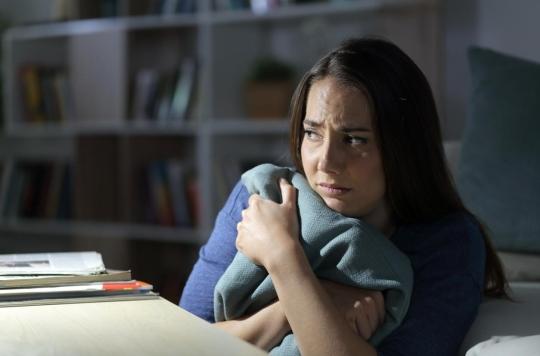
Many GPs find the profession too difficult
Soon there will be fewer GPs who know their own patients well and have a long-term relationship with them. The ‘traditional GP’ may disappear as a result. This is apparent from a survey among 620 general practitioners in De Groene Amsterdammer. GPs are given more and more tasks, which threatens to make the profession unfeasible.
Forty percent of the 620 GPs who took part in a survey expect regular GPs to have had their day, writes De Groene Amsterdammer. The survey shows that general practitioners face many problems. The work is heavy, the working days are long, more and more tasks are being added, there is too few support staff and the practice building is expensive. Only twenty percent of the GPs surveyed think they will still be GPs in fifteen years’ time. There is therefore a threat of an outflow of GPs.
New GPs
Is that just possible? The Capacity Body writes in the three-year capacity plan how many general practitioners, but also surgeons or other medical specialists, must be trained in order to maintain a sufficient number in the Netherlands. The ministry then decides how many GPs may actually be trained. Training too many people to become GPs is also not good, because then GPs could become unemployed. Thirty percent of GPs will retire in the next six years. That is an outflow that can be predicted, which the Capacity Body takes into account. Just like that GPs more often work part-time and so more people need to be trained.
substitutes
But there are also unpredictable factors. More and more people are dropping out of GP training. GPs sometimes change jobs and do something else because they find the profession too difficult. More and more general practitioners are also working as self-employed persons, in the role of practice observer. This GP stands in for other practices and takes over working days or evening or weekend shifts. Twenty percent of the general practitioners work as a substitute in 2019, in 2010 this was still ten percent. The advantage of working as a practical observer is that you can organize your hours yourself. For example, you can work 3 days, instead of 5 days with evening and weekend shifts. This is a major advantage, especially for GPs with young children. The disadvantage of a GP as a self-employed person is that more additional GPs are needed and that the regular GP is less available. You get more and more substitutes.
GP via computer
In the sparsely populated areas, such as Zeeland or the top of Noord-Holland, the shortage of GPs is already very noticeable, as De Groene Amsterdammer wrote earlier. Nivel expects that there will be a shortage of 40 percent in six years’ time. What happens in the areas where no new GP is found? Sometimes a commercial organization buys the practice, such as Co-Med, which now has 24 practices. A GP then works for a few hours a week, partly via a video connection. That is also a sign on the wall that the regular private doctor is in danger of disappearing. In February, senior citizens’ associations and general practitioners already did a call to retain the dispensing general practitionerwhich are often practiced in sparsely populated areas.
What do you think of the disappearance of your own GP? Respond to our statement (click here).















